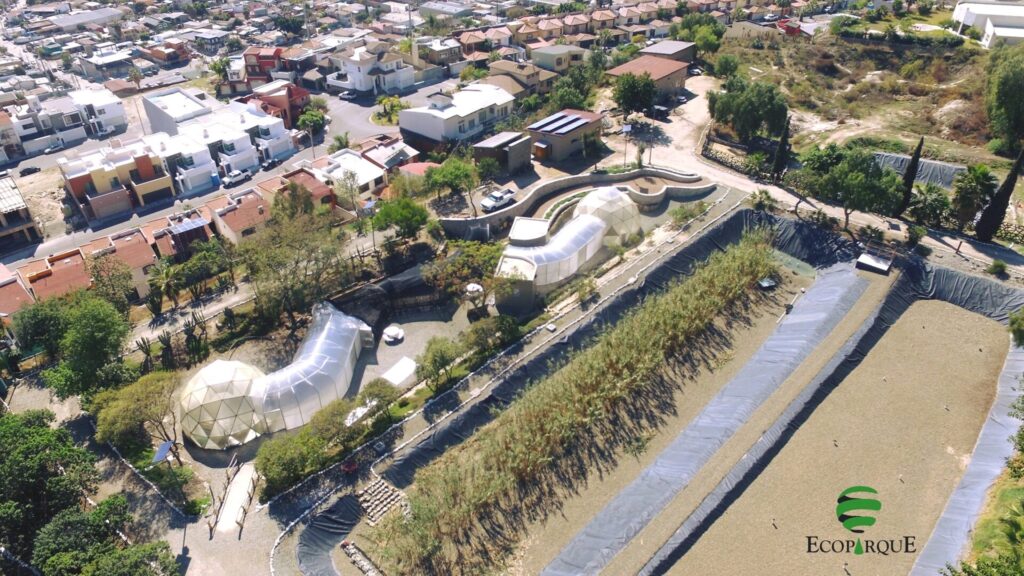With more than 2 million inhabitants and one of the highest growth rates in Mexico, Tijuana faces numerous problems that impact the quality of life of its inhabitants.
Water and wind erosion, water scarcity, and sewage contamination are some of these problems, which are aggravated by the construction of housing, commercial and industrial zones that cause the destruction of the vegetation cover and the isolation of wildlife, thus preventing sustainable development.
In 1986 the Colegio de la Frontera Norte launched a study for a decentralized water treatment and wastewater reuse system to use this input for urban irrigation.
That was the beginning of the EcoparkThis year it will celebrate its 29th anniversary providing different services and benefits to the people of Tijuana.
Wastewater treatment
The doctor Xiomara Delgado RodríguezEcoparque's Environmental Education program coordinator, emphasizes that these facilities have become a laboratory of urban resilience in Tijuana, working in five programs that provide a great service to the city's inhabitants.
"The wastewater program is the one that initiated the project, its decentralized model of integrated water management has been operating uninterruptedly for more than 25 years with a treatment where almost no energy is used, where we do not use any chemicals, a treatment of biological origin," he says.
With this model they are treating 3 liters per second of domestic wastewater and take it to a secondary treatment level with the characteristics for irrigation of green areas and slopes.
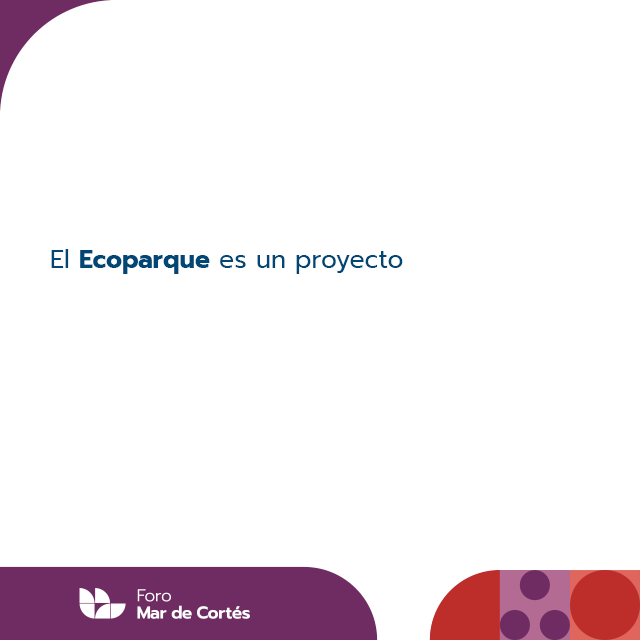
Another program they are developing is the creation of a regional botanical garden, a project focused on the conservation, reproduction, propagation, research and education of native vegetation for use in the Ecopark and, later, to disseminate it throughout the city of Tijuana, he explains.
"Within what is the Ecopark, the regional botanical garden has an area of 39,280 square meters for the exhibition of the different ecosystems of the Baja California peninsula, in which we will highlight that we already have the chaparral, coastal scrub, desert, coniferous forests, riparian plants, among others," he says.
In addition, a greenhouse is being built to reproduce 16 species of native plants, with permits from Semarnat, he says.
"This regional botanical garden has documented collections of living plants and is different from other green areas precisely because in the park we have research, exhibition and it is used for education. This nursery we have to reproduce by seeds and cuttings," he describes.
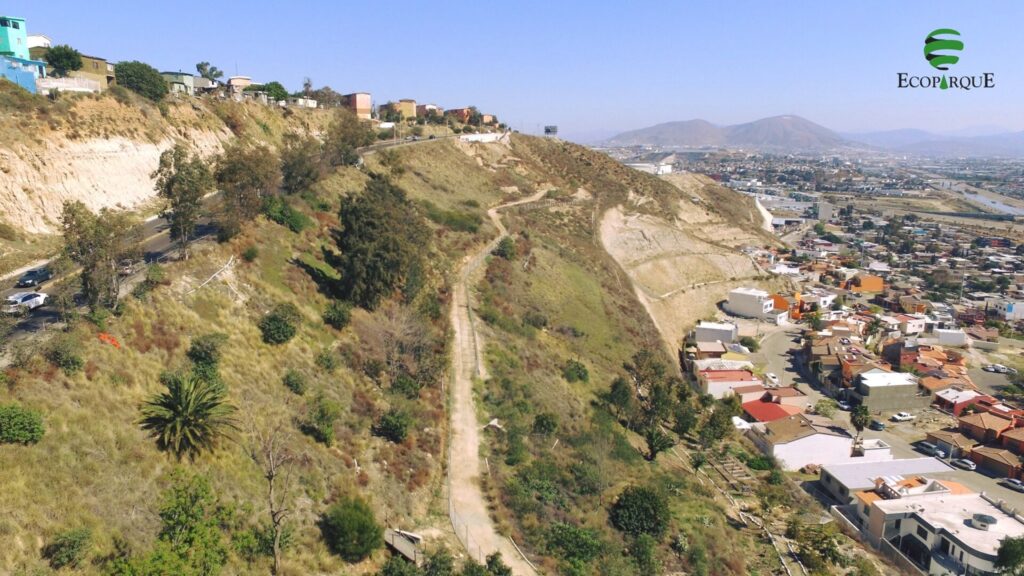
Urban agriculture in Tijuana
One of the programs that Ecoparque brings to Tijuana is urban agriculture, a project that seeks to disseminate knowledge among the population to produce their own food.
"This was very important now in the time we spent in pandemic to make our garden at home and we have approximately 900 square meters within the area dedicated to urban agriculture, with 30 beds of crops and a space for a project called edible forests which is a project that in Europe has given many results and is new, is to locate the plants that are fruit inside plants that provide shade, then these plants that provide shade mitigate when there is much air that does not throw the fruits, flowers, "explains Delgado Rodriguez.
In the future they plan to allocate an area for food production using hydroponics and aquaponics techniques, he shares.
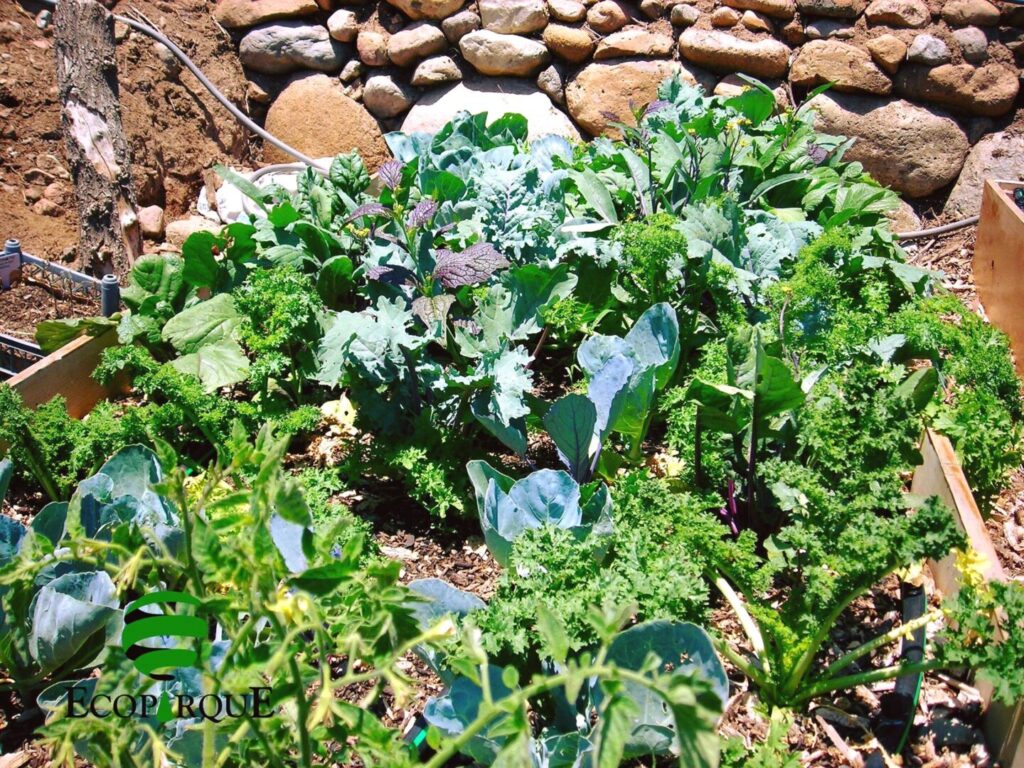
Production of its own energy
Dr. Xiomara Delgado stresses that climate change is a reality and Ecoparque has a program to promote the use of renewable energies.
"We have a photovoltaic cell that has 20 solar panels with a capacity of 200 watts, each one that together more or less carries 17 percent of the energy consumed in the entire Ecopark. The recent reading we had on the meter showed 589 kilowatts produced by solar energy, which if we translate it into the language of ecology we saved the life of 11 trees", he emphasizes.
With approximately 2 million inhabitants, Tijuana produces around 2,000 tons of garbage daily and it is estimated that 29 percent of that waste is food, says the academic.
For this reason, Ecoparque built a composting and vermicomposting center, where they teach visitors how to convert all that waste into organic fertilizer.
"This amount of tons of food discarded per day is a significant enough figure for everyone at home to start, first, not to waste, to buy and eat what we are only going to use and not to throw away, because that way we do not generate garbage, we do not generate waste, and the other is that we have to learn to reuse our spaces and make our own compost at home," he says.
Since 1996 they have had eight beds with eisenia foetida or California red earthworm, with which they obtain nutrient soil that has a quality of nitrogen, phosphorus and potassium similar to that of a chemical fertilizer.
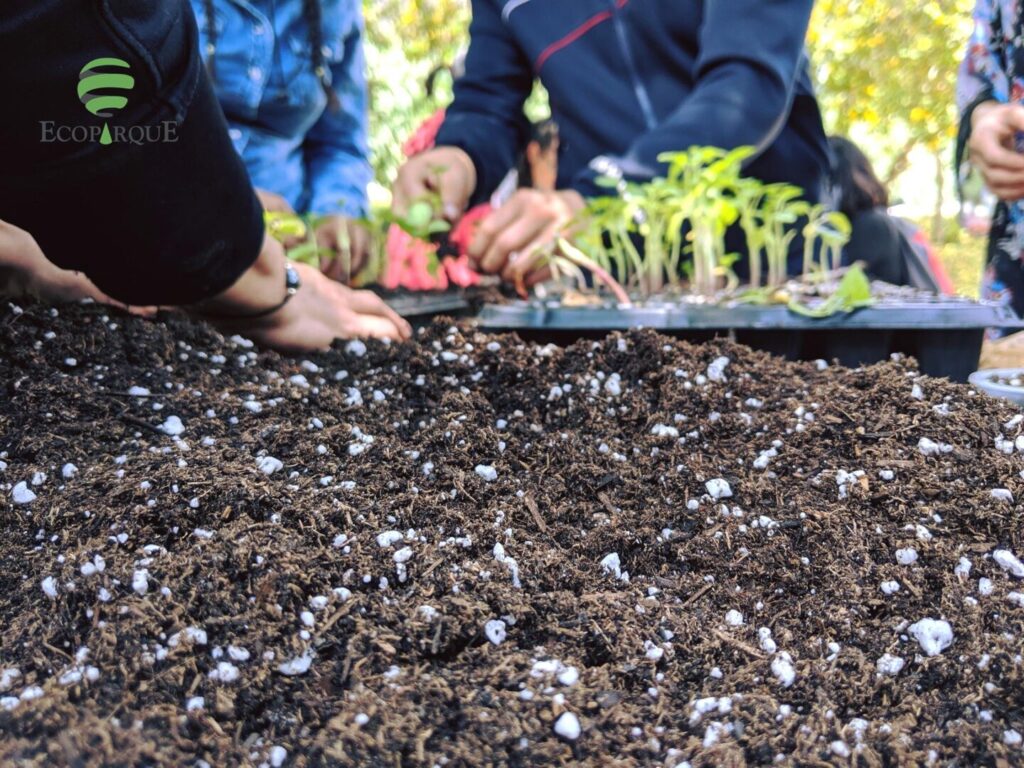
Moving consciences
With the infrastructure and the knowledge they have in the Ecopark, the environmental education program began more than 26 years ago, taking advantage of the link that the Colegio de la Frontera has with schools of different academic levels.
With this program, they have dedicated themselves to promoting environmental awareness and educational activities to form responsible citizens, emphasizes Delgado Rodríguez.
"Ecoparque has reached the entire city with its environmental education program. It is very clear that the institutional and methodological framework of the school is not necessarily always suitable to meet all the demands and educational objectives, in a school there may be a vegetable garden, but it is very difficult to have a nursery; there may be a nursery, but it is very difficult to have a water treatment system," he says.
All this makes Ecoparque ideal for developing and carrying out the environmental education program, because it takes the environment as an integrating text for learning and develops an open, flexible project, with all the characteristics of non-formal education, using the pedagogical models of environmental education, he explains.
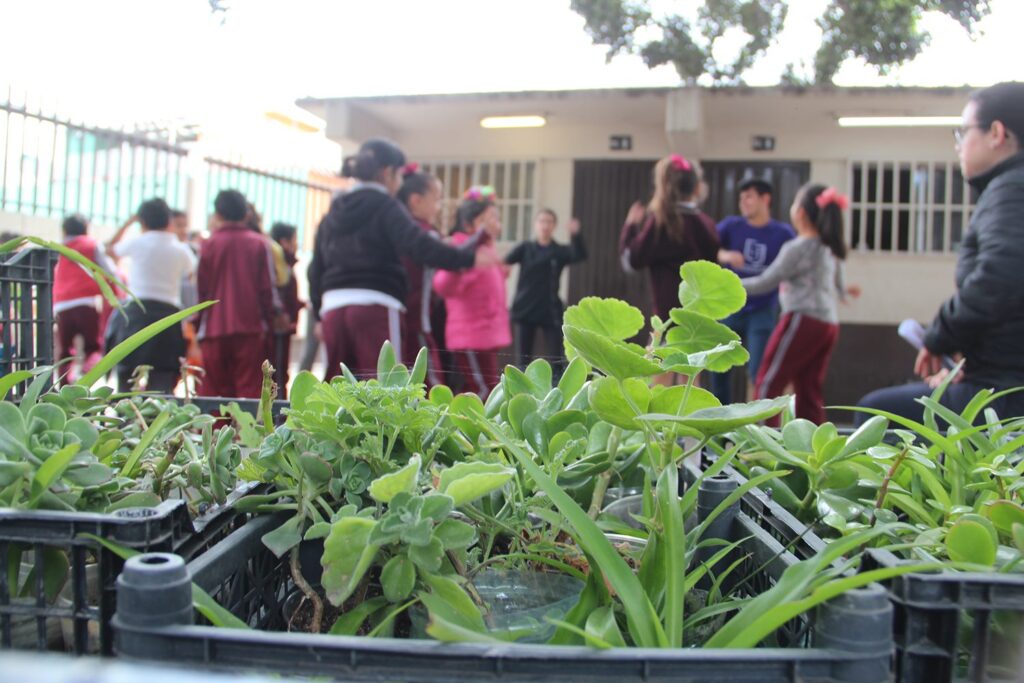
Ecoparque, a space for the city of Tijuana
According to the World Health Organization, to guarantee the well-being of the population, a space of 16 square meters of green areas per inhabitant is necessary. In Tijuana, studies show that for every inhabitant there are 0.8 square meters of green areas.
"And since Tijuana has such an accelerated growth, with such an urban rhythm, there is no way, we have to build many ecoparks, we have to find a way to reforest the city, because we need to breathe and we need those trees to also capture carbon, so it is the same green infrastructure that we have provided," says Dr. Delgado Rodriguez.
Those who visit this space can observe the landscape management, with a reduction of erosion, have biodiversity conservation strategies, so you will see squirrels, hares and up to 27 species of birds.
"The most important thing here has been the treatment of sewage and its reuse for hillside irrigation, because with this we have turned an eroded, bare, washed-out hill, full of garbage, into a green area, an ecological park, something that is impressive," he emphasizes.
The coordinator of Ecoparque's environmental education program says that the most important work they have done in these facilities has been to raise awareness, especially in children and young people, so that they grow up with a different mentality, committed to protecting the environment, because that is how in the future they can aspire to achieve a better city.
TO KNOW
The Ecopark is built on a 6-hectare site located between the Otay Mesa and the Buenavista neighborhood.
Ecoparque has:
- Alternative wastewater treatment.
- Scientific research applied to the solution of problems related to the park's own water quality and available to interested organizations.
- Urban reforestation techniques, whether of slopes and canyons or ornamental spaces.
- A nursery for workshop work with students.
- Solid waste management through vermicomposting, in which the organic phase is used to produce compost.

